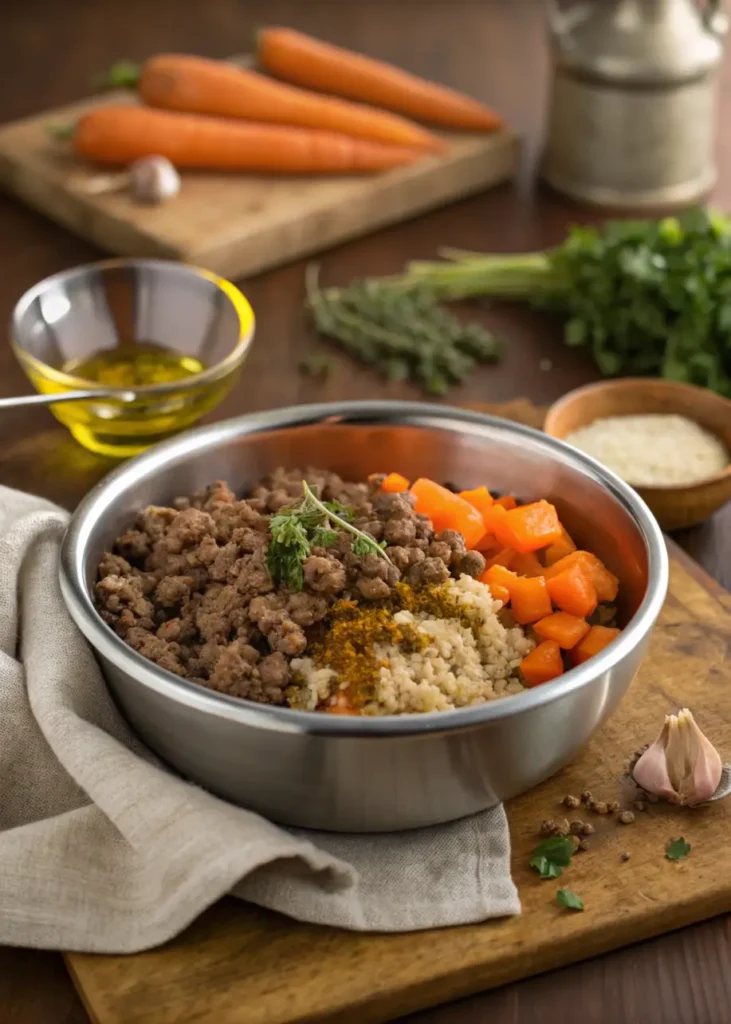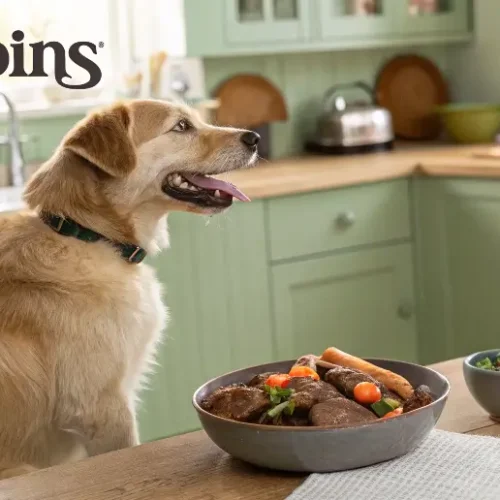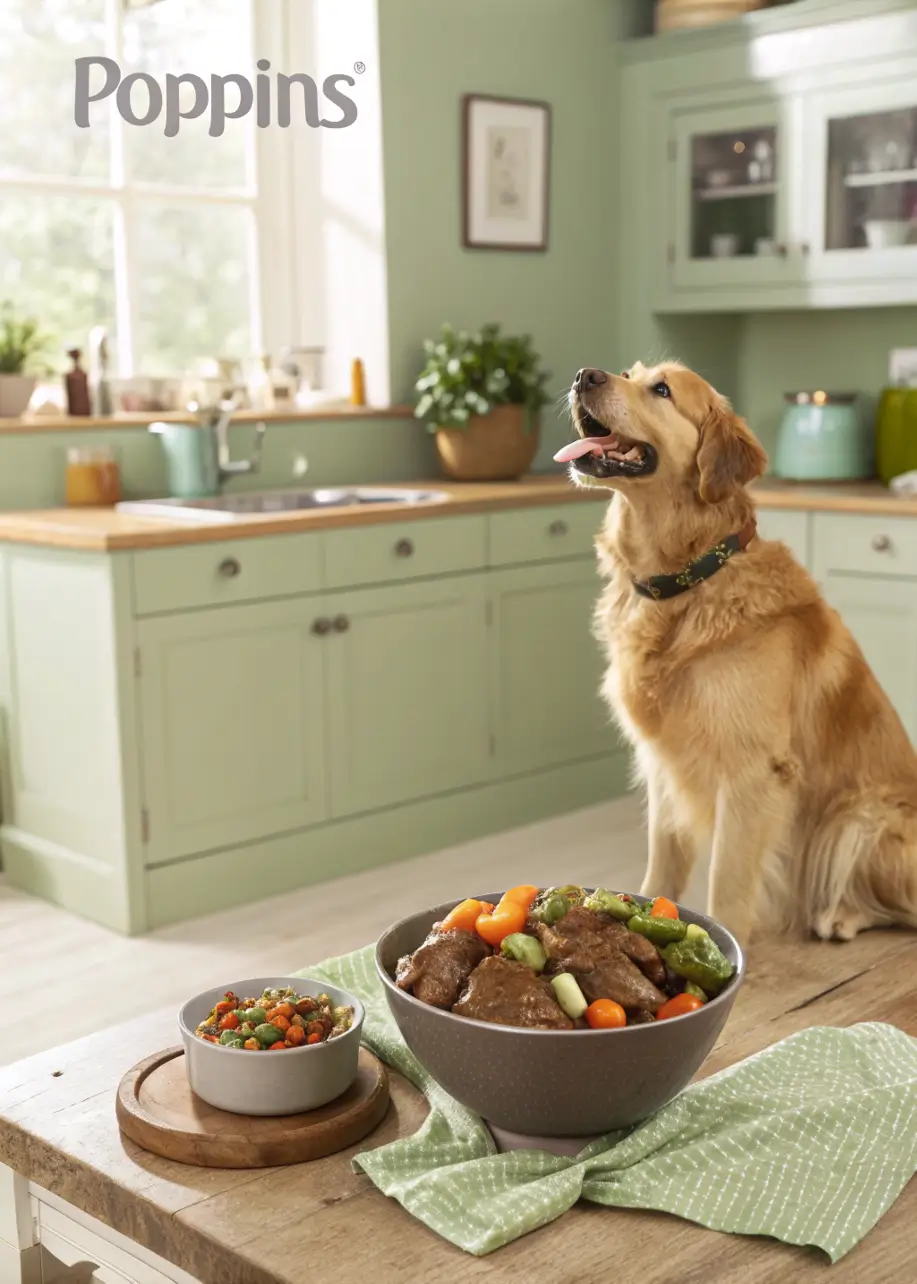How much venison to feed dog per day is a common question among pet parents who are switching to a more natural and homemade dog food diet. Feeding your dog a homemade meal using fresh ingredients like venison can be one of the most loving and health-conscious decisions you make. It’s lean, nutritious, and ideal for dogs with sensitivities to more common meats like chicken or beef.
If you’re transitioning to or experimenting with homemade dog food, understanding how much venison to feed your dog per day is critical. This guide walks you through everything from nutritional benefits and proper portion sizes to preparation techniques and potential risks.
To ensure you’re feeding a balanced meal, start by checking out the Pet Nutrition Alliance’s Dog Food Calorie Calculator. This tool helps estimate your dog’s daily caloric needs based on weight, age, breed, and activity level. And if you’re building custom meals from scratch, BalanceIT’s meal planning tool offers veterinary-backed guidance for complete and balanced recipes.
Table of Contents
Why Choose Venison for Dogs?

Venison is a type of red meat derived from deer, and it’s becoming an increasingly popular protein choice for homemade dog meals—especially among pet parents who prioritize natural and minimally processed ingredients.
Key Advantages of Venison:
- Low fat content: Typically less than 3%, compared to 15–20% in beef
- High protein: 20–25% protein, excellent for maintaining lean muscle
- Rich in nutrients: Contains iron, zinc, selenium, phosphorus, and B vitamins
- Novel protein: Great for dogs with allergies to chicken, beef, or lamb
- Sustainable: Responsibly sourced venison is more eco-friendly than traditional livestock
Unlike processed commercial dog foods, homemade venison meals let you control every ingredient—ensuring safety, quality, and nutritional adequacy.
How Much Venison to Feed Dog Per Day
The right amount of venison depends on your dog’s weight, life stage, activity level, and whether venison is the sole protein source or part of a rotational diet. The amounts below refer to cooked venison, which is safer and easier to digest than raw.
General Guidelines by Dog Weight:
| Dog Size | Weight Range | Cooked Venison Per Day |
|---|---|---|
| Small | Under 20 lbs | ¼ – ½ cup (2–4 oz) |
| Medium | 20–50 lbs | ½ – 1 cup (4–8 oz) |
| Large | 50–100 lbs | 1 – 2 cups (8–16 oz) |
1 oz of cooked venison = approximately 52 kcal.
These portions assume that venison is the main protein in a fully balanced meal. If you’re combining it with other protein sources or using it as a treat, reduce portions accordingly.
For overweight or senior dogs, slightly lower the serving size and increase low-calorie vegetables for fiber and satiety. For puppies or highly active breeds, caloric needs will be higher.
Balancing Meals When You Know How Much Venison to Feed Dog Per Day
Feeding your dog venison alone isn’t enough. While it’s an excellent protein, it must be combined with other components to form a complete and balanced diet.
What to Include in a Balanced Venison-Based Meal:
- Carbohydrates: Provide energy. Good choices include:
- Brown rice
- Sweet potatoes
- Quinoa
- Healthy fats: Necessary for skin, coat, and vitamin absorption:
- Olive oil
- Coconut oil
- Fish oil (also adds omega-3 fatty acids)
- Fiber and vegetables: Aid digestion and provide essential micronutrients:
- Pumpkin
- Carrots
- Spinach
- Calcium and phosphorus: Vital for bone health. Include:
- Ground eggshells
- Bone meal
- Vet-approved supplements
Suggested Macronutrient Ratio:
- 40–50% protein (venison)
- 30–40% carbs
- 10–15% fat
- 5–10% vegetables and fiber
Always consult with a veterinarian or use trusted tools like BalanceIT to avoid nutritional deficiencies.
Sample Venison Recipe for Dogs

Balanced Venison & Quinoa Bowl
Ingredients:
- 1 lb cooked ground venison
- 1 cup cooked quinoa
- ½ cup chopped and steamed carrots
- 1 tbsp olive oil
- ¼ tsp ground eggshell or calcium carbonate
Instructions:
- Cook the venison thoroughly to an internal temperature of 165°F
- Steam carrots until soft; cook quinoa per instructions
- Mix all ingredients and let cool before serving
- Portion according to your dog’s weight (see guide above)
This recipe provides roughly 3–4 servings for a 30-lb adult dog. Store leftovers in the fridge for up to 3 days or freeze for longer storage.
If you’re looking for a simple way to get started with homemade venison meals, try this easy, vet-informed homemade deer meat dog food recipe made with lean venison, veggies, and a natural calcium source. It’s ideal for pet parents looking for a balanced, nutritious option that can be prepared at home with fresh ingredients.
How to Safely Introduce Venison Into Your Dog’s Diet
Dogs with sensitive stomachs or food allergies need a gentle transition when introducing new proteins like venison.
Transition Plan:
- Days 1–2: 25% new food (venison) + 75% old food
- Days 3–4: 50/50 mix
- Days 5–6: 75% venison
- Day 7: Full switch to venison-based diet
Monitor for signs of allergies or GI issues: vomiting, diarrhea, excessive itching, or ear infections. If symptoms occur, discontinue use and consult your veterinarian.
Cooking & Food Safety Tips
To avoid bacterial and parasitic contamination:
- Always cook venison thoroughly—internal temp of 165°F
- Never feed raw venison unless supervised by a veterinary nutritionist
- Use clean prep surfaces and wash hands after handling
- Freeze unused portions and thaw in the refrigerator, not at room temperature
Avoid seasoning, garlic, onions, and butter—these can be toxic to dogs
Common Mistakes When Feeding Venison
Even with the best intentions, it’s easy to make nutritional missteps. Avoid these common pitfalls:
- Feeding only meat: Pure meat lacks fiber, calcium, and essential fats
- Skipping a transition: Sudden dietary changes can cause digestive upset
- Overfeeding treats: Venison treats still contain calories
- Not balancing the meal: Deficiencies can develop quickly on DIY diets
- Cooking bones: Cooked bones splinter easily and pose serious health risks
Frequently Asked Questions (FAQs)
Can I feed my dog venison every day?
Yes, as long as the meal is balanced with proper fats, fiber, calcium, and carbohydrates.
How do I calculate the right amount of venison per day?
Use your dog’s weight and activity level to estimate calorie needs. Most adult dogs need about 30–40 calories per pound of body weight daily.
Is venison healthier than beef or chicken?
For some dogs—especially those with allergies or weight issues—venison is a leaner, cleaner protein.
Can puppies eat venison?
Yes, but only under veterinary supervision. Puppies require more fat and specific nutrient ratios for healthy growth.
Is wild venison safe for dogs?
Only if it’s processed properly and tested for contaminants like lead or parasites. Commercially sourced venison is usually safer.
Final Thoughts
Venison is an exceptional protein choice for dogs—especially those with food sensitivities, weight issues, or who simply benefit from a more natural and homemade diet. But like all things in canine nutrition, it must be approached thoughtfully and with balance.
Use reputable tools like the Pet Nutrition Alliance for calorie planning, and BalanceIT to build complete meals. Always consult with your veterinarian when making significant changes to your dog’s diet.
At Home Dog Recipes, we’re proud to help dog lovers create food that’s safe, simple, and made with love. Because a healthy dog starts with a healthy bowl.

how much venison to feed dog per day
Ingredients
1 lb ground venison (cooked, no seasoning)
1 cup cooked quinoa
½ cup chopped carrots (steamed)
1 tbsp olive oil or fish oil
¼ tsp ground eggshell or calcium carbonate (optional, for calcium)
Instructions
- Fully cook the ground venison to an internal temperature of 165°F. Do not add salt, onions, garlic, or spices.Steam the carrots until soft, and cook the quinoa as directed on the package.In a large bowl, combine the cooked venison, quinoa, carrots, and oil.Add the ground eggshell or calcium supplement if using.Mix well and let cool before serving.Store leftovers in an airtight container in the refrigerator for up to 3 days or freeze in portions.
Notes
- Always consult with your veterinarian before switching to a homemade diet.
- You may substitute carrots with other dog-safe veggies like green beans or zucchini.
- If your dog needs extra calories or fat, increase the healthy oil to 1.5 tbsp.
- Never serve cooked bones, onions, garlic, or any seasoning.
